Kelsey Buxton was 26, years old when she realized she owed $22,000 in credit card debt. She had used to be a project manager for a business her ex-boyfriend had founded, but when they ended, so did her position. She ended up losing her job, her boyfriend, her home, and her income.
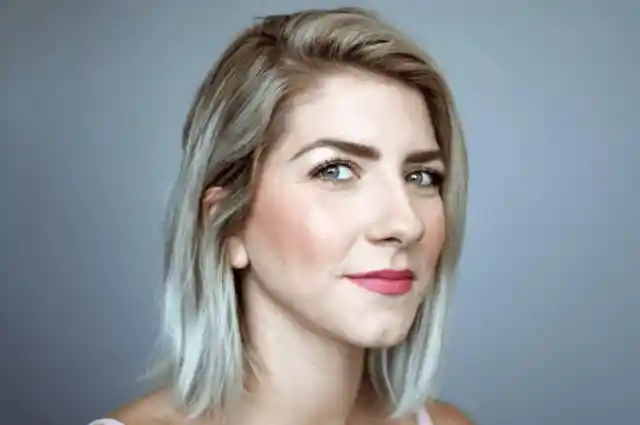
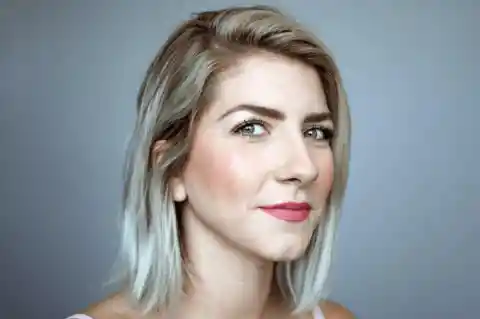


Up until this point, Kelsey had been paying her rent on time for a nice apartment, and had been making payments towards a nice car. Since racking up this credit card debt, she could no longer pay these big bills. She decided as last resort to take some money out from her savings and out of the stock market to live from day to day, until she found a solution.
She began to rely on credit cards.
Luckily enough, Buxton was able to settle down with another job as an administrative assistant, but unfortunately, it didn't even add up to a quarter of the amount she was previously making. She continued to rake up charges on her credit cards, and the balance was just getting higher and higher.
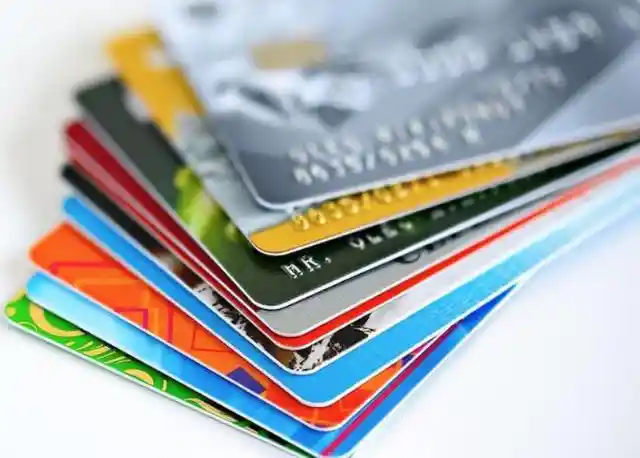
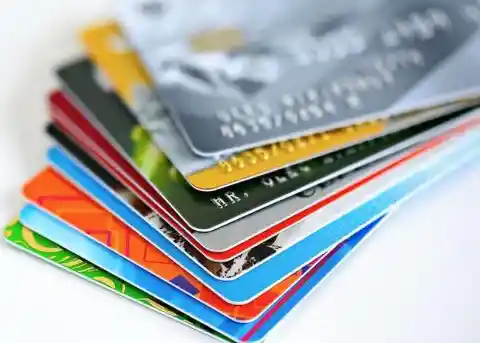
As her credit score kept dropping, she realized she was stuck. Almost eight months later, she got a new job as a media buyer, which allowed her to take a step back for a little bit to admire the damage she caused, and find a way to fix it.
Her first strategy was to pay it off.
Her minimum payments to pay off her credit card debt were at $700-$800 a month. However, with a 29% interest rate, the credit card debt was stacking up. She decided to contact consolidation services which told her that her best option at this moment was to file for bankruptcy or file a hardship payment plan, meaning she would have to forfeit all her credit cards. At this, she reached out to multiple banks in attempts to refinance her debt.


However, banks kept denying her with a 568 VantageScore. One day she came home to a suggestion at her doorstep. She found a flyer for Upstart, that came with an offer code. Since she had no other options, she decided to reach out to the platform.
They didn't care about her poor credit score.
Instead of focusing on one's credit score, the platform used artificial intelligence machine learning to identify potential qualified buyers. She decided to receive a free quote, and entered the amount of money she needed to borrow, along with some of personal details.
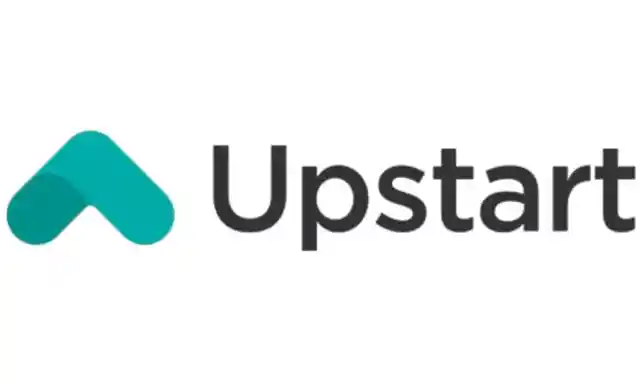
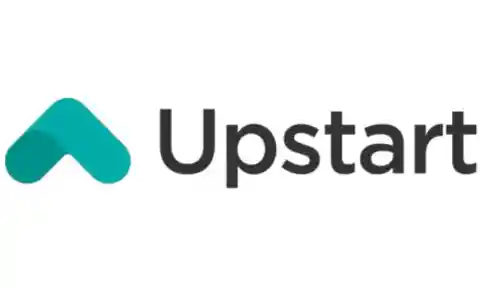
She answered questions about her job, years of experience, income, and her highest level of education. By showing them her potential, the platform approved her.
She has her college degree to thank for it she says.
“The reason I think I got the loan is because of the college I went to,” Buxton says.

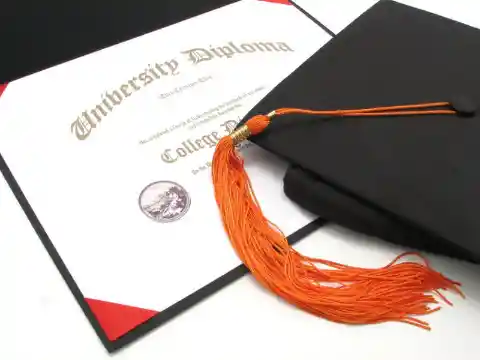
“They take where you went to school and what you graduated with into account to see your ‘earning potential,’ so even though my credit was awful, I had potential.” Upstart was able to give her the ability to change her financial situation.
Current loan Payments.
Before she began with Upstart, it's good to remember that she was making monthly credit card payments of $700 to $800. After the loan, she now owes $518, but she is paying $600. Half of this payment goes toward principal, and her interest rate is now down to 16.12%, which is saving her more than $12,000 in interest overall.
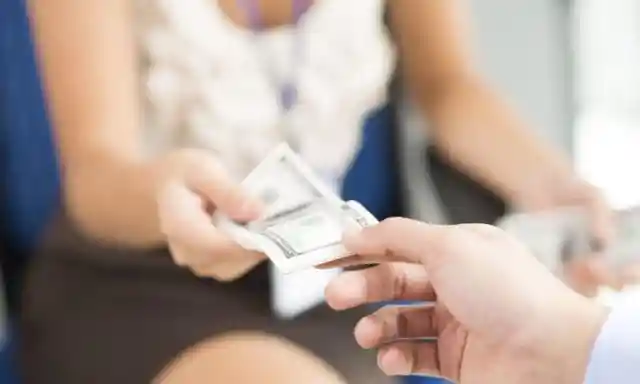
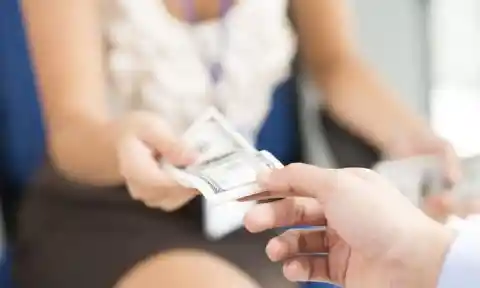
She decided to take out a five-year loan, but it seems as though she will have paid it off in three years. Her current VantageScore is now 732, allowing her to move into a new rental.